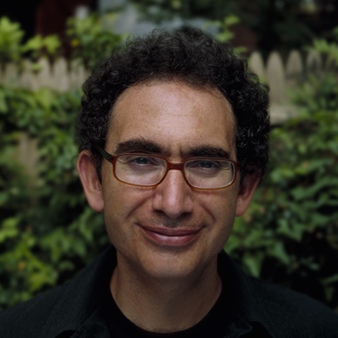“I will build a great wall — and nobody builds walls better than me, believe me –and I’ll build them very inexpensively. I will build a great, great wall on our southern border, and I will make Mexico pay for that wall. Mark my words.” Donald Trump, June 16, 2015.
Much has been written and commented upon about Donald Trump’s highly controversial, and highly fantastical claim to build an “impenetrable, physical, tall, powerful, beautiful, southern border wall” that will keep out the criminals and rapists purportedly flowing over the borders. Despite the fact that it would be practically impossible to build the wall, or to get Mexico to pay for it despite a negotiating strategy that he lays out on his website, the Wall has become one of, if not the most significant proposal that Trump has floated. It resonates deeply with his supporters, and I think in many ways resonates also with so-called “undecided” voters, making the imagery and the fantasy particularly potent.
Trump’s wall is not an idea isolated from his other campaign themes. His promises in speeches to tear up current trade deals. and renegotiate NAFTA, raising tariffs on China to 45%. Nor is it isolated from global trends: Countries ranging from Israel to Saudi Arabia to Thailand to Turkey have proposed or recently built walls. Indeed, the rate of wall building by nation states has increased dramatically in the last 20 years. Some scholars argue the reasons are largely about economics: these walls have been built primarily by rich countries that adjoin poor countries. Perhaps more surprisingly, predominantly muslim countries are both the main builders of the walls, and the main target. Other scholars, like Wendy Brown, argue that walls are a political response to declining state power, and that they essentially mask the declining power of states to govern both internally and externally. As she writes in Walled States, Waning Sovereignty, “[t]o literalize walls as pure interdiction occludes their production of an imago of sovereign state power in the face of its undoing.”(25).
But Trump’s wall is in general, as many have observed, emblematic of his broad rejection of globalism, and is integral to his overriding message of xenophobia and particularism. And this imagery resonates, even though many of his supporters must know that a physical wall is a chimera. That is why the call for the wall is, I believe, more a cri de coeur than it is policy prescription. But the cri de coeur is not primarily about keeping out the other – the brown skinned killers and rapists and the job takers. It is really a somewhat crude means of recreating what has deteriorated dramatically for many segments of American society – a sense of social cohesion, stability, and connection.
Walls by their nature are Janus-faced, they both exclude and include. We know how they exclude, and that is the core conscious intention of the wall builder. But how do they include? The English verb to include is thought of, in common parlance, as something positive and in a sense liberating – liberating because as social creatures we find meaning in the ability to interact with each other. But the verb to include originates from the latin inludere, which means not only to make someone or something part of a group, but also to shut in or imprison. Again, inclusion is complex, for it is constituted both by social connection as well as by enclosures. The positive is coupled with a counter punctual denial of liberty. Perhaps one is required to have the other.
Indeed, this exclusion/inclusion dynamic is one of the compelling aspects of walls. They maintain inside outside dynamics, and they effectively restrict flows in both directions. It is rare that one can have exclusion without enclosure. The enclosed have nowhere, metaphorically, to go, and nobody to engage with but each other. And once they are forced together, they have to resolve differences, and to confront each other.
Perhaps it is enclosure and inclusion – not exclusion that is fundamentally what Trump supporters desire, despite what they might viscerally feel. In reality, the real inside outside dynamics are not occurring between Americans and non-Americans, they are occurring between Americans and other Americans, both intra community and inter-community. Arlie Russell Hochschild in her recent book, Strangers in their Own Land, writes about the proliferation of “empathy walls.” These are the psychic barriers that prevent us from empathizing with others, or that make us feel indifferent to others pain and suffering. As she and others document, America has been erecting interior empathy walls at a rapid clip. We self-segregate geographically, in our media consumption, and in our political party affiliation. This has led to greater and greater inability to form the imagined or real communities that are required for either our own social and psychic well-being, or for a well-functioning polity. Increasingly, in Robert Putnam’s formulation, we are bowling alone.
This can’t be healthy, and this can’t be something that citizens fundamentally desire. But it is very difficult to figure out how to get out of this mess. Trump’s solutions are bad ones. But perhaps he has implicitly, without even knowing it, identified the right problem.


Leave a Reply